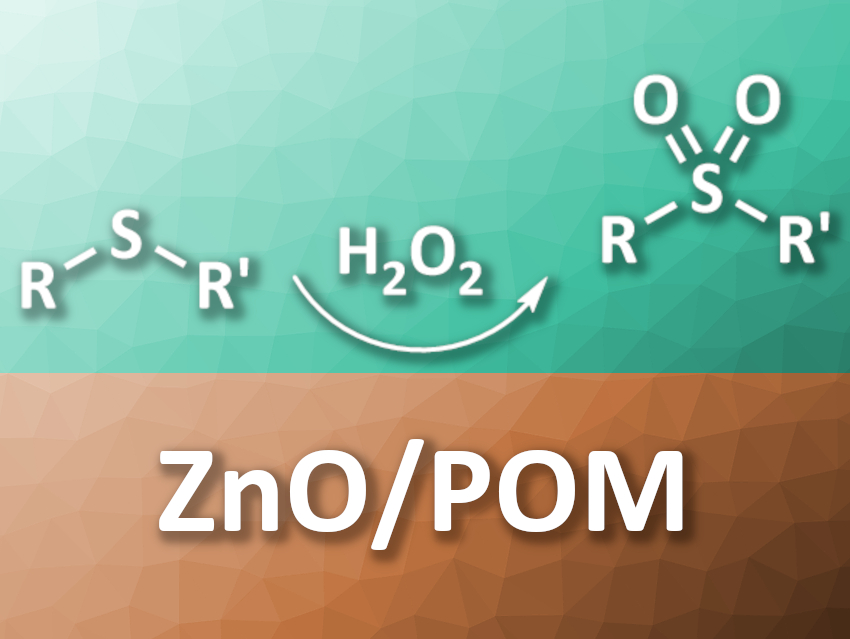Zinc-oxide nanostructures, such as nanosheets, could have applications, e.g., in solar cells and sensors. However, fabricating nanosheets with a thickness below 1 nm remains challenging. Combining such nanosheets with polyoxometalates (POMs), for example, could lead to useful hybrid materials with applications in catalysis.
Junli Liu, Xun Wang, Tsinghua University, Beijing, China, Wenxiong Shi, Tianjin University of Technology, China, have synthesized three different ZnO/POM-based hybrid nanosheet superstructures at the sub-1-nm scale. The three hybrid structures, i.e., ZnO–Zn(OH)2–Mo6O19 (or Z-M6), ZnO–Zn(OH)2–Mo8O26 (or Z-M8), and ZnO–PMo12O40 (or Z-M12), were prepared by introducing the respective Mo-based POM cluster during the formation of the ZnO nanosheets in a solvothermal reaction.
The team found that the POM clusters coassemble with ZnO/Zn(OH) and form nanosheets with uniform shapes and sizes. The researchers tested the catalytic activity of the resulting hybrid nanomaterials for the oxidation of thioethers (pictured above) at room temperature. They found that all three products showed excellent catalytic activity and selectivity. This could be useful, e.g., for the production of tetramethylene sulfone from tetrahydrothiophene. The team attributes the catalytic activity to the good exposure of the active sites.
- ZnO–POM Cluster Sub-1 nm Nanosheets as Robust Catalysts for the Oxidation of Thioethers at Room Temperature,
Junli Liu, Wenxiong Shi, Xun Wang,
J. Am. Chem. Soc. 2021.
https://doi.org/10.1021/jacs.1c07477




